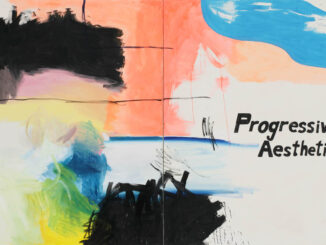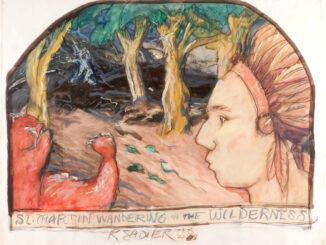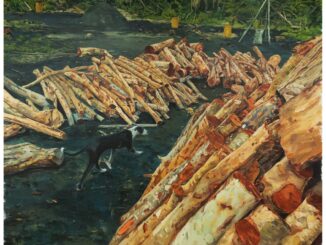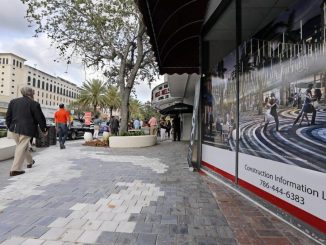Dina Mitrani Gallery. Preview and panel discussion. May 22nd, 2010. 6.00 p.m.
Exhibition: From Jun 12th through Aug 28th, 2010
 Curated by Orlando Estrada, Disposable will feature eight emerging and mid career photographers whose work addresses the connection between photography and memory and how the digital revolution is transforming this notion.
Curated by Orlando Estrada, Disposable will feature eight emerging and mid career photographers whose work addresses the connection between photography and memory and how the digital revolution is transforming this notion.
The development of digital picture making devices and technology has warped our perception of images. It is true that people are photographing more, but it’s not the same connection to the object that is experienced through traditional photographic process. Danielle Bender uses photography to comment on that emotional connection. Bender searches for VHS format home-video footage and then re-photographs it using a 35mm camera. Her photographs may very well serve as the ultimate claim for reversing time, an homage to traditional photography.
In his Faded series, Luis Lazo manipulates his own family’s portraits to capitalize on the nature of traditional photographic prints; eventual decay. In his manipulation of the images, all information about the people and events being photographed is obscured until it is almost unrecognizable as a photograph.
Samantha Salzinger works with meticulously constructed dioramas which she photographs using a 4×5 view camera. She then scans her sheet negatives, and in the case of her Outer Space series, digitally constructs the sky and atmosphere of her invented landscapes.
Unlike Salzinger, Humberto Torres chooses to capture in photos a landscape that is actually vanishing rather than a ephemeral brain map of alien worlds. Torres makes his work in the Florida Everglades and the Ten Thousand Islands off the South western coast of the state, an environment currently threatened by what is estimated to be the worst oil spill in United States history. Poetically, his fascination with a disappearing art and a dissolving landscape makes a statement about where and on what humans place value.
Over the past twenty years, the digital revolution has literally lowered the value we place on pictures. We have replaced tangible documents, such as prints and negatives, with phantom information stored on Stick Drives and Memory Cards. While the ability to instantly see what the camera has captured has its advantages, what is seen on a palm-sized LCD screen is usually clear, crisp, and candy-coated. The anticipation that builds with the time spent waiting to develop and process film keeps the medium magical and breathes life into our images and the memories we have connected to them. The photographers in this exhibition, regardless of processes used, give the viewer back what the digital revolution has taken away; the sense of nostalgia associated with the visual documentation of places and things.
On May 22th, 2010 at 6:00 p.m. there will be a panel discussion around how digital technology affects artists using the photographic process to create their work. Panel speakers will be Orlando Estrada, Curator of the exhibition, Colleen Plumb, and Samantha Salzinger.
Dina Mitrani Gallery
2620 NW 2nd Avenue
Miami, FL 33127
786. 486. 7248
www.dinamitranigallery.com







Be the first to comment